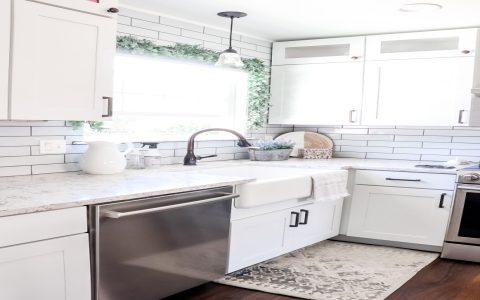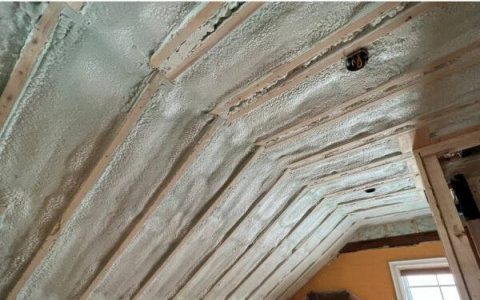Pairing coloured grout with white tiles offers a significant design opportunity, transforming the aesthetic of any space. The choice of grout colour can dramatically alter how the tiles and the overall room are perceived.
The Impact of Coloured Grout
Choosing a coloured grout with white tiles can serve multiple design purposes:
- Emphasise Tile Pattern: A contrasting grout colour, such as dark grey or black, will accentuate the shape and layout of your white tiles, turning the tiled surface into a distinct feature. This is particularly effective for geometric or uniquely shaped tiles.
- Create Visual Interest: Moving beyond the traditional white-on-white introduces depth, character, and personality to the design.
- Define a Style: Coloured grout can help steer the room's decor towards a specific style. For example, black grout with white subway tiles often lends an industrial or classic bistro feel, while a soft grey can contribute to a modern minimalist aesthetic.
- Add a Pop of Colour: Bolder grout colours like blues, greens, or even warmer tones can inject personality and serve as an accent, especially in otherwise neutral spaces.
Key Considerations When Choosing Coloured Grout
Before selecting a grout colour for your white tiles, consider the following factors:

- Contrast Level:
- High Contrast (e.g., Black, Dark Blue Grout): This makes each white tile stand out prominently, highlighting the grid or pattern. It creates a bold, graphic statement.
- Medium Contrast (e.g., Mid-Grey, Light Blue Grout): Offers a softer definition than high-contrast options. This provides a modern and sophisticated look that is noticeable without being overpowering.
- Low Contrast (e.g., Light Grey, Off-White Grout): Creates a subtle effect, gently outlining the tiles. It provides a nuanced look that is less stark than white grout but still maintains a sense of cohesion.
- Desired Overall Aesthetic:
- To make the tile pattern the focal point, opt for a contrasting grout.
- To unify the tiles for a more seamless and expansive look, a grout colour that is close to white, or a very light shade, is preferable. White grout with white tiles, for instance, can make a space feel larger and brighter.
- For an accent wall or a bold design statement, vibrant grout colours such as emerald green, deep blue, or even a warm mustard can be highly effective.
- Maintenance and Practicality:
- Light-coloured grouts (including white) can show dirt, stains, and mildew more readily, requiring more frequent cleaning to maintain their pristine appearance.
- Dark-coloured grouts are generally more forgiving with everyday grime but can sometimes show soap scum or efflorescence (a white powdery residue) more visibly. Quality sealers can mitigate these issues for all grout colours.
- Room Size and Lighting: While white grout with white tiles is known to visually open up a room, a thoughtfully chosen coloured grout can add depth and character without necessarily making a small space feel confined, especially if the room has ample natural or artificial light.
Popular Coloured Grout Choices for White Tiles
- Black Grout: Delivers a dramatic, contemporary, or vintage industrial look. It sharply defines each white tile, making the pattern pop.
- Grey Grout (Dark, Mid, or Light): Highly versatile. Dark grey offers strong contrast, mid-grey provides a balanced modern look, and light grey offers subtle definition.
- Blue Grout (Navy, Teal, Sky Blue): Can range from a bold statement with navy to a softer, coastal feel with lighter blues.
- Green Grout (Emerald, Mint, Olive): Adds an organic or luxurious touch, depending on the shade. Emerald can be very striking.
- Warm-Toned Grout (Beige, Tan, Terracotta, Mustard): Can add warmth to the coolness of white tiles, creating a more inviting or retro atmosphere.
Final Tips for Selection
- Consider the Tile Itself: The size, shape, edge (rectified or cushioned), and finish (glossy or matte) of your white tiles will influence how the coloured grout appears.
- Test Samples: Always obtain grout colour samples and test them with your actual white tiles in the intended space. Observe them in different lighting conditions (natural and artificial) before committing.
- Think About the Overall Room Design: Ensure the grout colour complements other elements in the room, such as cabinetry, countertops, fixtures, and accessories, to create a cohesive and harmonious design.
- Longevity of Choice: Grout is a more permanent element than paint. Select a colour that you will be happy with for the long term and that aligns with the timelessness or trendiness you desire for the space.










